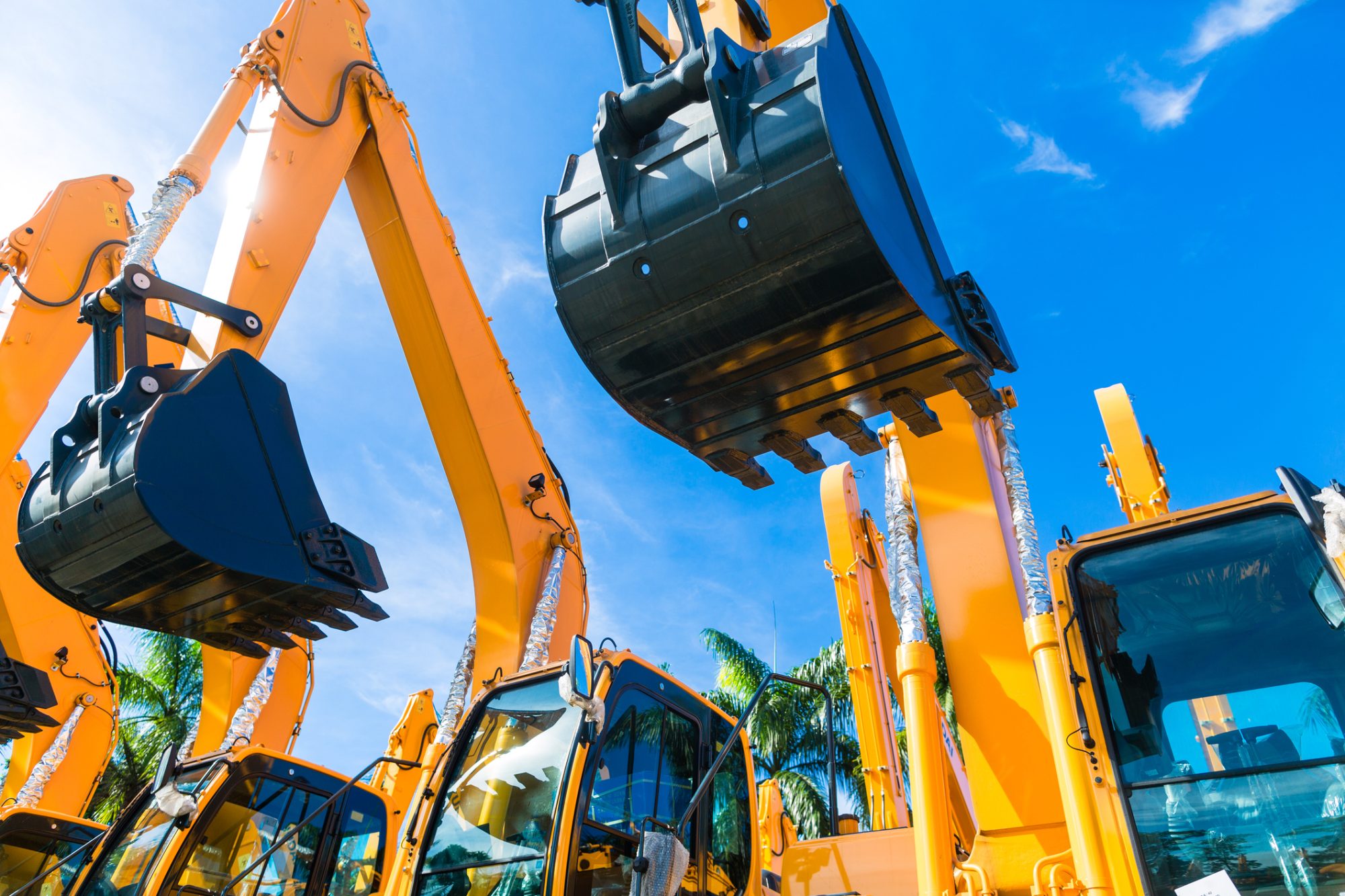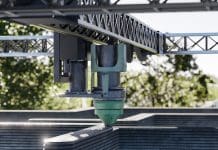Fusion Utilities’ national sales lead Stephen Botchett explores the factors that construction contractors should consider when deciding whether to purchase or hire equipment
The awarding of 100% first year tax deduction for plant and machinery expenditure in April 2023 could have tempted many construction contractors to considering moving from a hire solution to beefing up their own equipment.
However, nearly one year on from this relief being offered to UK corporation tax payers, we can now reflect on how this government incentive to encourage investment in equipment has affected the hire sector.
At first glance this new allowance, which has essentially reduced the in-year cost of plant or machinery by 25%, seemed attractive.
However, in year one, this new allowance only helped companies immediately that had access to funds, and as this relief now becomes a permanent measure its important for contractors to consider the wider considerations to ensure maximum ROI from investment in equipment.
Strategic hire, rather than capital investment enables access to state-of-the-art equipment, seamless service, and cost-effective solutions. This approach eliminates storage hassles, capital tied up in overheads and provides maximum flexibility to ensure the equipment can be deployed at the right time to the right location.
Strategic planning for project execution and cost management
Fusion Utilities adopts a comprehensive approach to strategic planning by aligning closely with their material sales division. This holistic strategy enables Fusion to gain early insights into projects, offering valuable assistance in both project planning and efficient execution to ensure equipment is lined to reflect the project timeline, reducing cost wastage from under-utilised equipment.
The emphasis is on collaborative engagement with customers, going beyond a transactional model to provide tailored solutions based on a deep understanding of project requirements.
Cost efficiency through flexibility and compliance
The term ‘flexibility’ extends beyond adjusting equipment needs based on project timelines.
Staged delivery, optimising resource allocation and preventing unnecessary downtime all help to reduce costs.
Keeping equipment up to date can be maintained through annual swap outs, ensuring continued compliance with network standards and regulations. By contrast, equipment purchased by contractors may only have a limited life span if new legislation makes equipment uncompliant.
Collaboration and strong supply relationships are key to sustaining success
Collaborating with utility networks, supply partners and customers increases your opportunity to benefit from technical advancements.
These kinds of collaborative relationships foster advances, guiding manufacturers toward improvements that align with customer needs.
And through hire solutions, contractors can get access to better equipment, faster.
Continuous training and support keeps skills fresh and compliant
Adherence to guidelines from the Hire Association of Europe and regular audits ensures compliance and operational proficiency. Operational testing before equipment deployment further guarantees that customers receive fully operational and reliable machinery.
The cost implication of equipment training can often be overlooked when contractors consider capital expenditure. It can be a hidden cost, not appreciated or budgeted for, but if operators are not trained adequately to use owned equipment, it can fail to be fully utilised.
Compliance, safety and cost should all be considered when choosing between equipment hire or purchase
In summary, when considering the cost of equipment, contractors need to think beyond the core cost of machinery, but consider the many factors that can ensure best ROI.
We believe that through Hire, ultimately the cost to contractors is lower and offers the smartest route to achieve best margin on projects.












![[VIDEO]With cable theft on the rise, how can you protect your construction site? Copper wire rod non-ferrous metals, product metal industry, representing construction cable theft](https://www.pbctoday.co.uk/news/wp-content/uploads/2024/10/iStock-2167549051-218x150.jpg)

![[VIDEO] World’s largest luffing cranes to work on Old Oak Common The world's largest luffing crane, the M2480D, in action at Hinkley Point C](https://www.pbctoday.co.uk/news/wp-content/uploads/2024/10/Marr-M2480D-on-Hinkley-Point-C_June-2024-218x150.jpg)